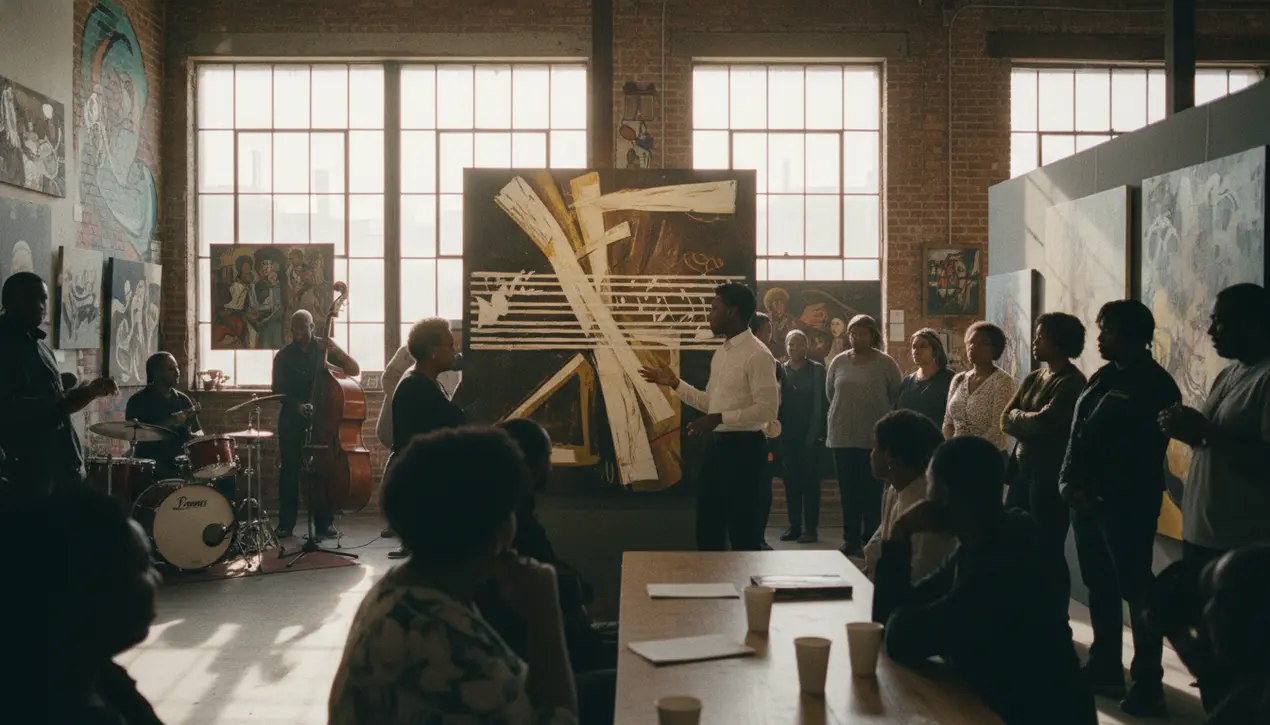
Entertainmenttheatre & artsArt Exhibitions
The Unstoppable Rise of Detroit's Black Art Scene
LA
Laura Bennett
2 hours ago7 min read
Detroit's emergence as a powerhouse for Black art represents not a sudden discovery but a deliberate, community-driven revolution. A full decade before the Black Arts Movement gained national attention, Detroit's artists were already building their own institutions, creating spaces where mainstream galleries had offered none.This transformation unfolded in converted storefront galleries and shared studios in overlooked neighborhoods, fueled by creators determined to control their own narrative. Facing both the city's industrial might and profound racial segregation in the late 1950s and 60s, these artists found established institutions indifferent to their stories—stories of the Great Migration's legacy, auto plant rhythms, and the Black experience in America.Their response was pragmatic and powerful: they built their own ecosystem. Collectives formed in basements and church halls, exhibitions animated community centers, and living rooms became vibrant salons for artistic exchange.This was less a reaction to exclusion than an affirmation of self-determined presence. The resulting work—bold figurative paintings celebrating Black dignity, sculptures crafted from industrial scrap, socially charged prints—reflected this powerful autonomy.These pioneers mentored one another, debated artistic visions, and collectively explored what it meant to be a Black artist in Detroit. Their answers created a foundational culture that would nourish generations, establishing Detroit not merely as a location but as an enduring symbol of cultural self-determination long before the art world took notice.
#Black Arts Movement
#Detroit
#African American artists
#art community
#cultural transformation
#featured
Stay Informed. Act Smarter.
Get weekly highlights, major headlines, and expert insights — then put your knowledge to work in our live prediction markets.
Comments
Loading comments...
© 2025 Outpoll Service LTD. All rights reserved.